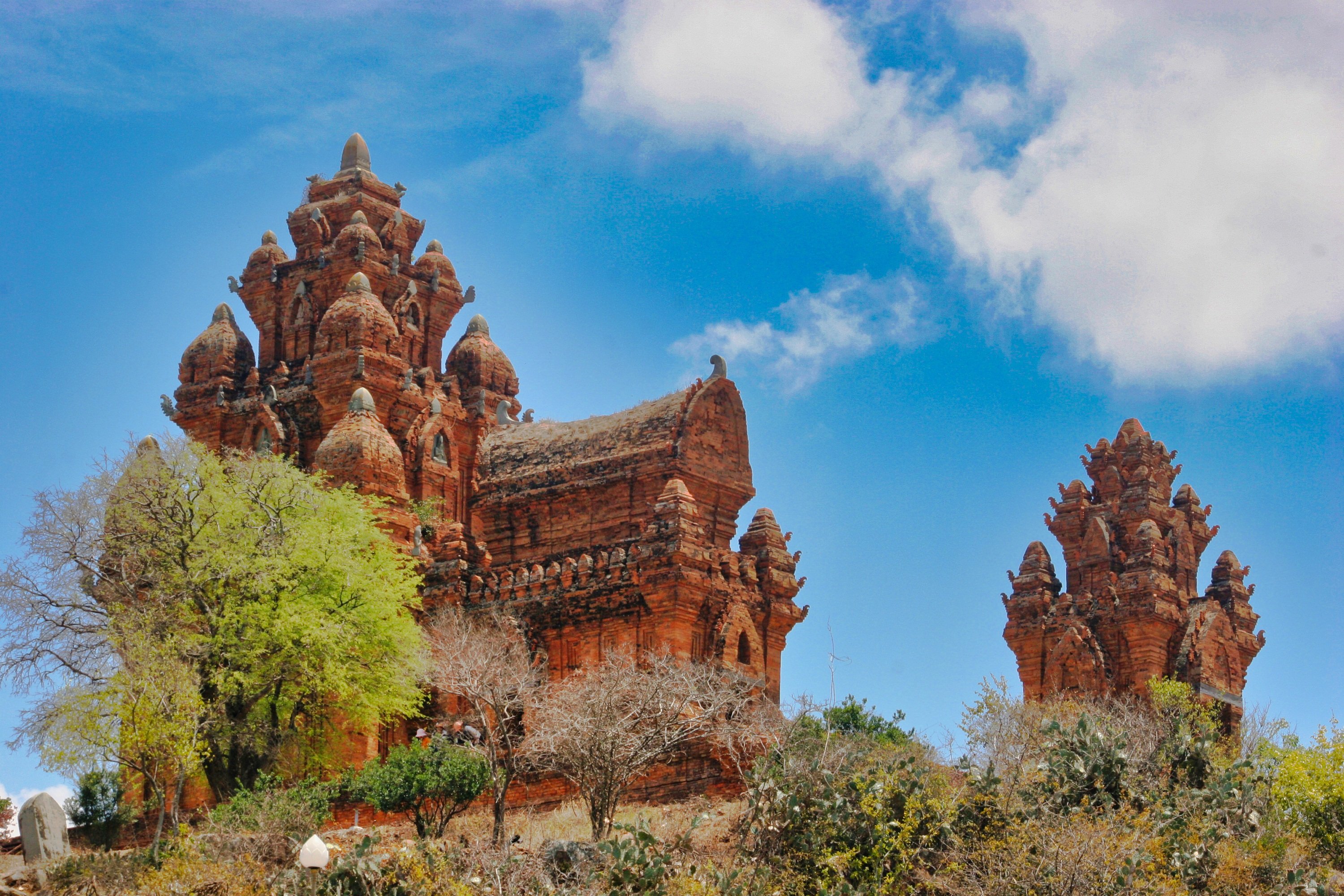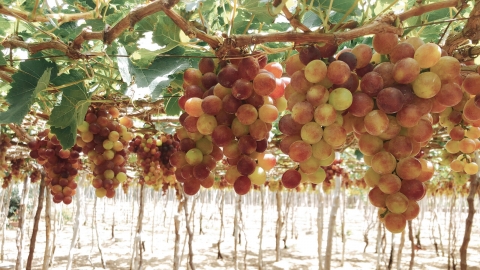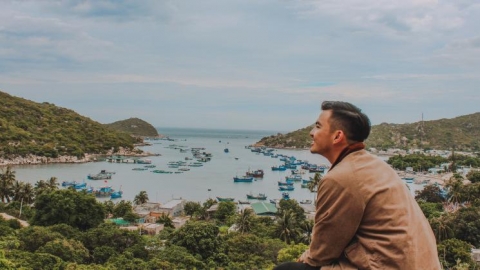Po Klaung Garai Tower was built around the end of the 13th century, beginning of the 14th century, during the reign of King Jaya Simhavarman III - a familiar character known in Vietnamese history as Che Man - to worship King Po Klaung Garai.
According to Cham legend, Po Klaung Garai reigned in the late 12th century and was worshiped by the Cham people as their hero. He is said to have built the Nha Trinh irrigation system (now in Nhon Son commune, Ninh Son district, Ninh Thuan) which has existed for more than 700 years. In addition to helping people with irrigation, it is said that the king was also a talented and resourceful person: he helped people avoid bloodshed in the war with the Khmer by winning the tower building competition.
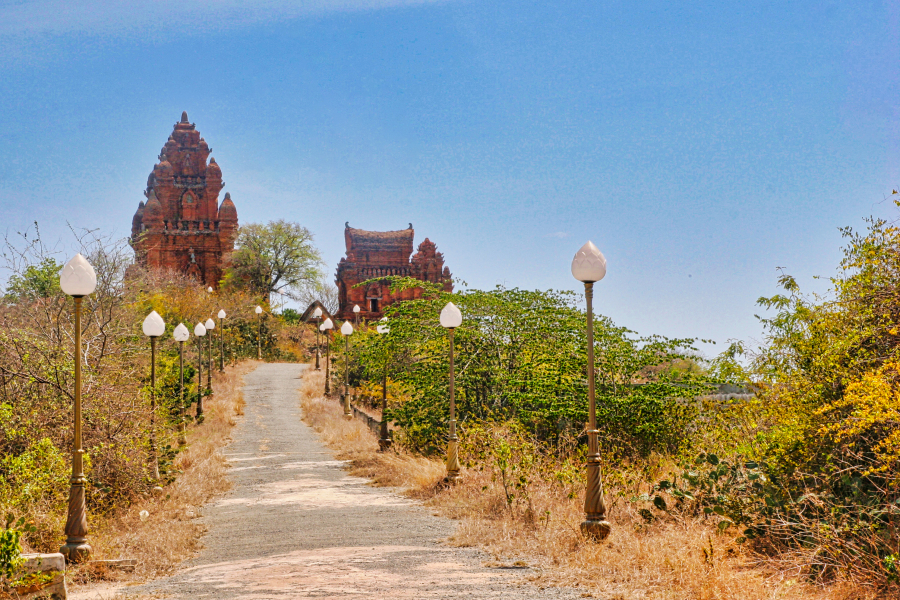
Po Klaung Garai Cham Tower Cluster - located on top of Trau Hill in Phan Rang-Thap Cham city, Ninh Thuan
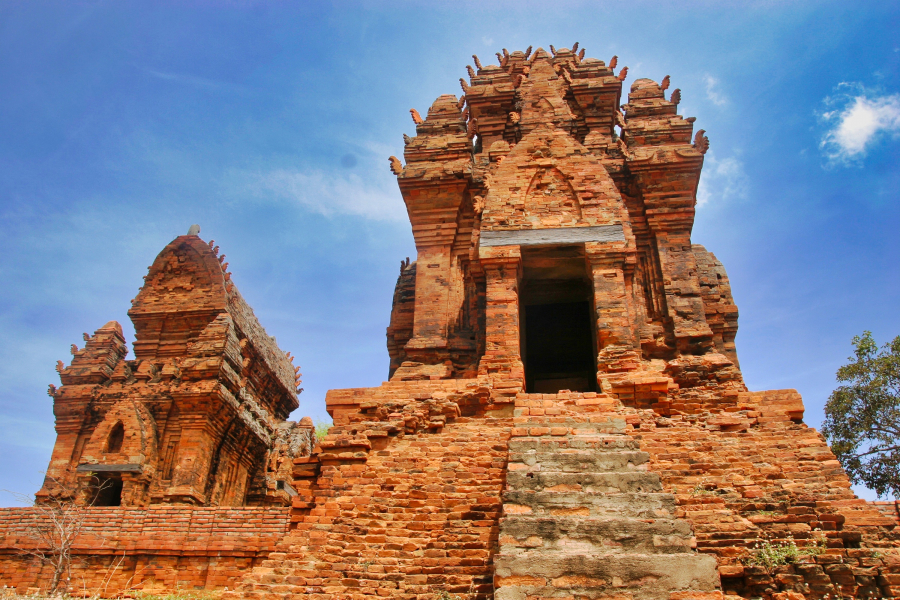
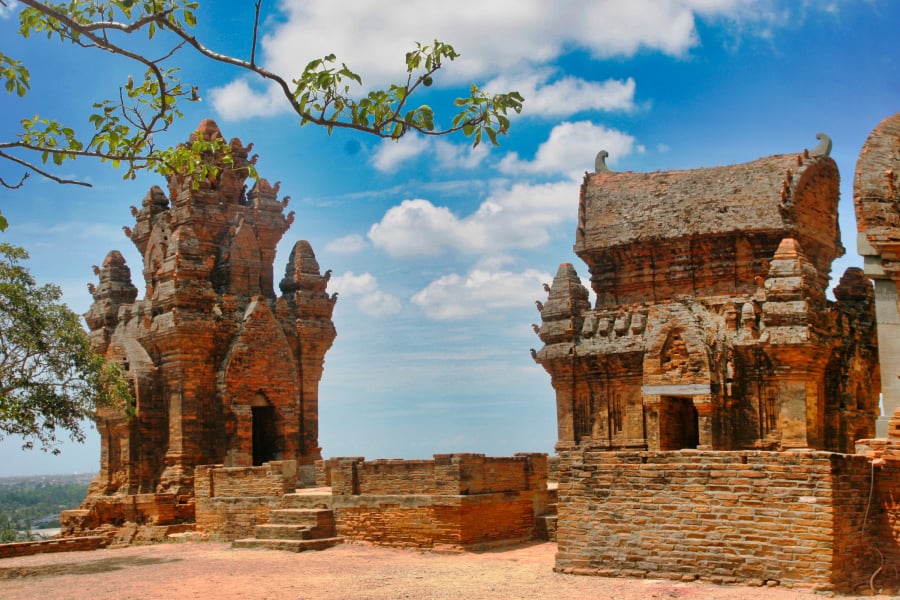
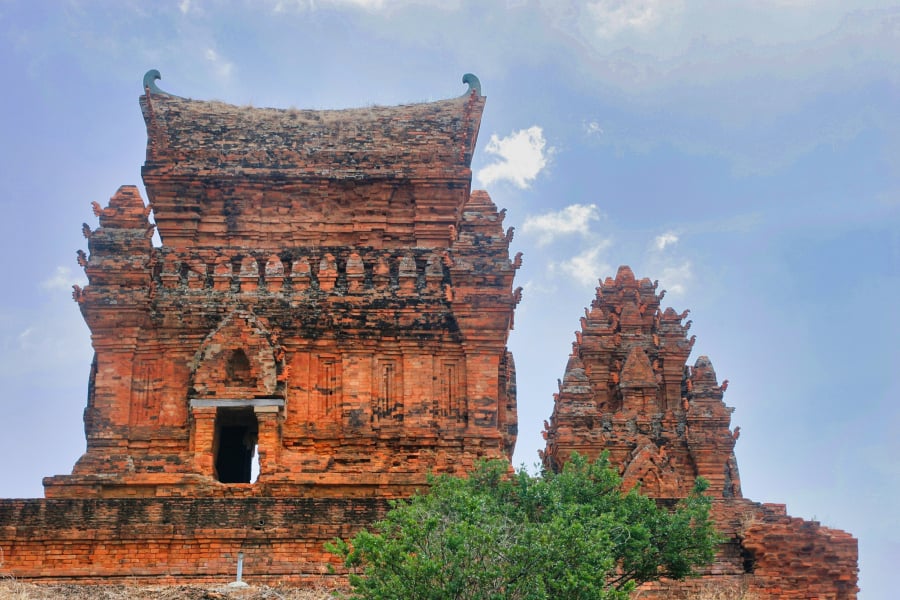

According to old archaeological documents, the entire tower complex has a total of 6 towers, 1 central tower and 5 subsidiary towers. The central tower is in the middle, in front of which are two small towers, of which the small tower right in front of the central tower has now collapsed, leaving only traces of the foundation. The subsidiary towers in the northeast and southwest have also collapsed.
Currently, the entire tower complex has 3 remaining towers: the Central Tower; the Fire Tower - with a saddle-shaped roof; the Gate Tower - the farthest subsidiary tower to the east, in front of the Central Tower.
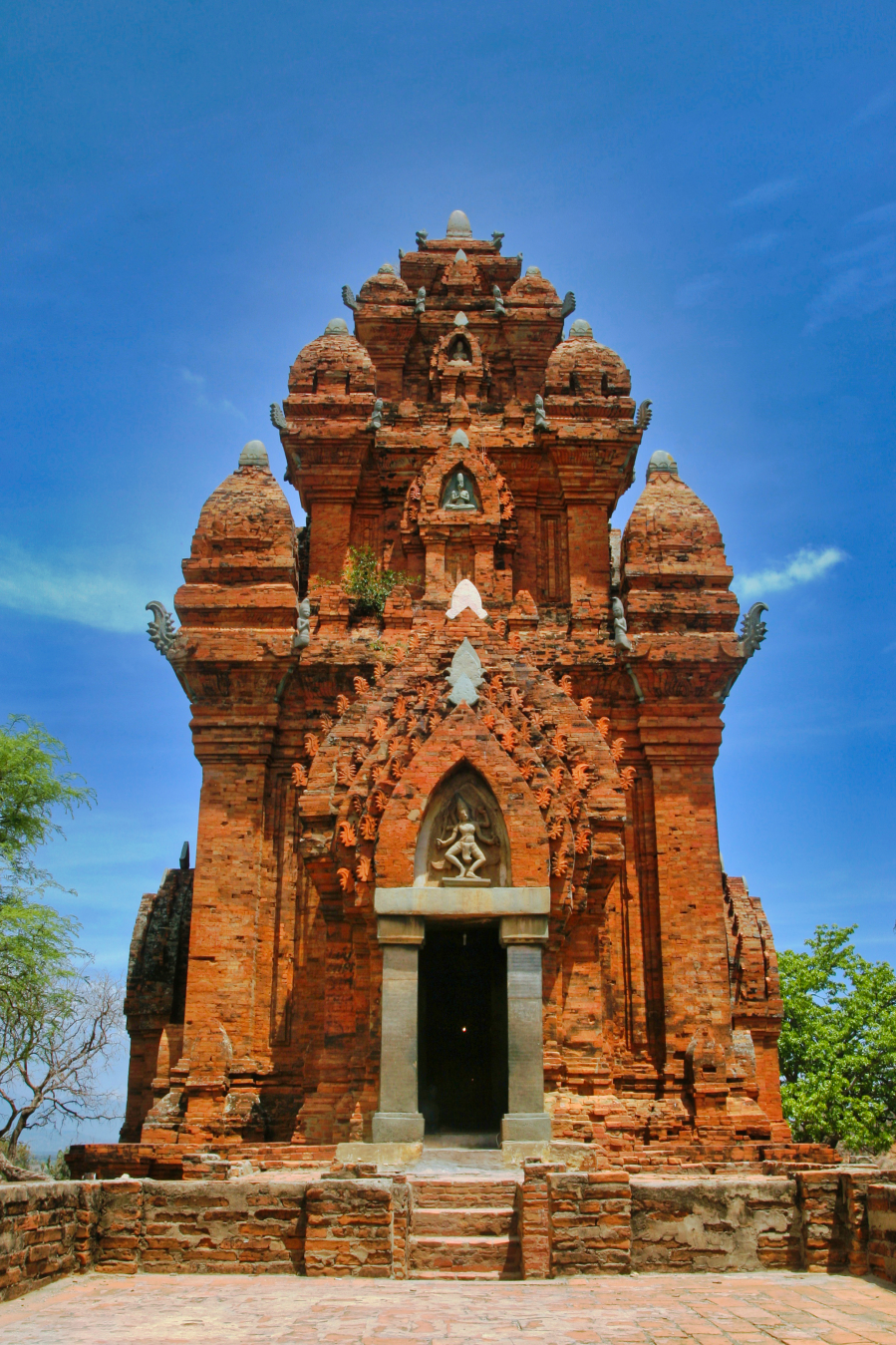
The Central Tower on the top of the hill is the largest tower in the tower area, 20.5 m high, each side of the tower is over 10 m wide.
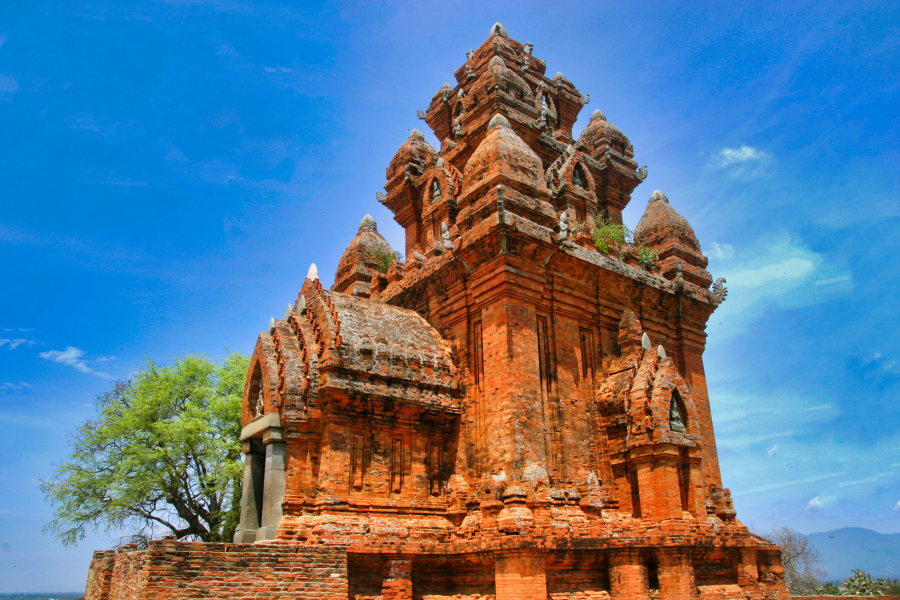
The Central Tower is the most beautiful tower in the tower complex. However, this tower complex was built in the late period, so the architecture and sculpture are quite simple compared to other Cham tower complexes in the Central region. In this tower, there are only terracotta firework details attached to the false door arch and stone attached to the tower corners, but there are no sculptural motifs directly on the door arch or the tower body like in Cham towers in Binh Dinh and Quang Nam.
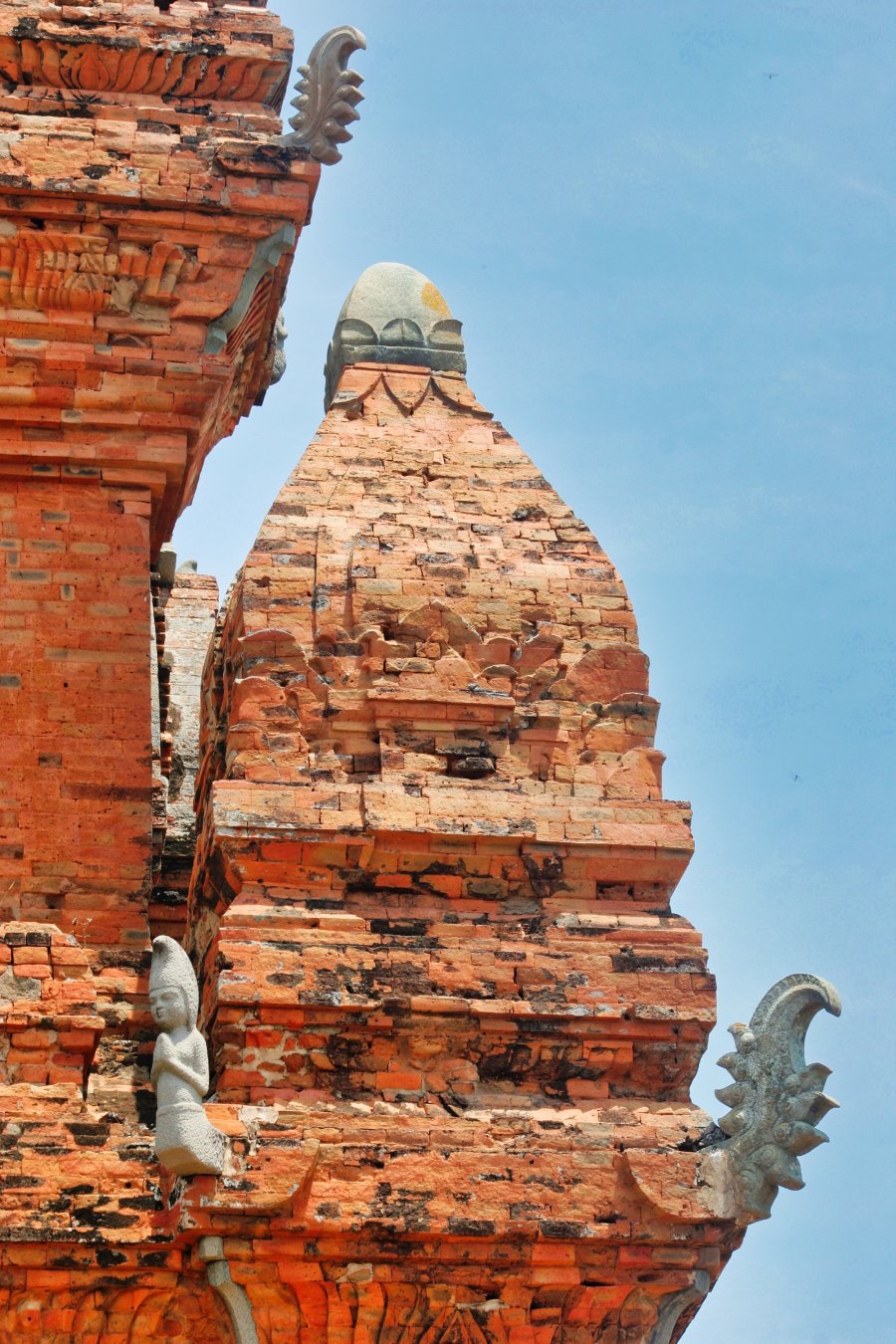

The stone idols at the false doors are also quite simple. Perhaps the most "valuable" are the statue of the bull Nandin located at the tower door and the statue of the dancing god Siva on the pediment of the door of the Central Tower.
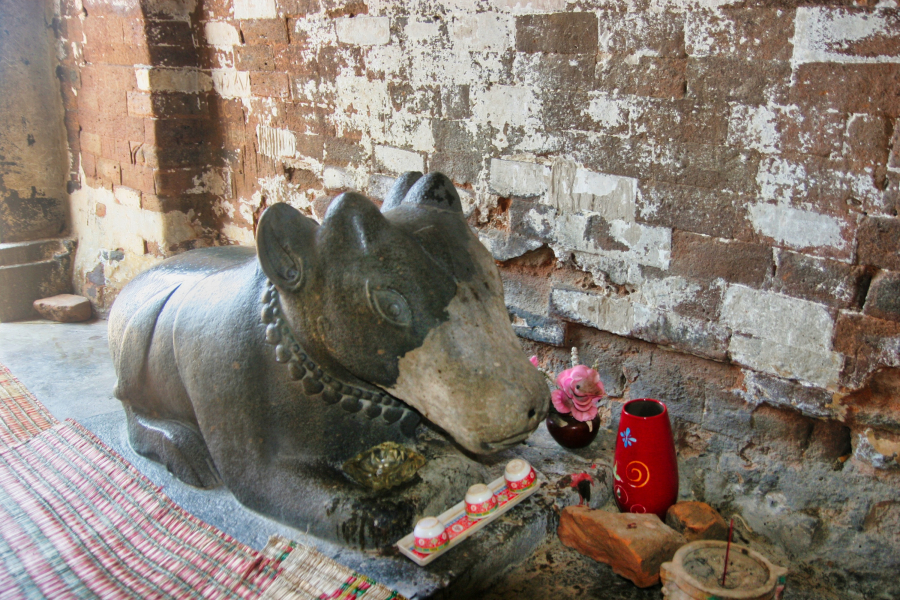

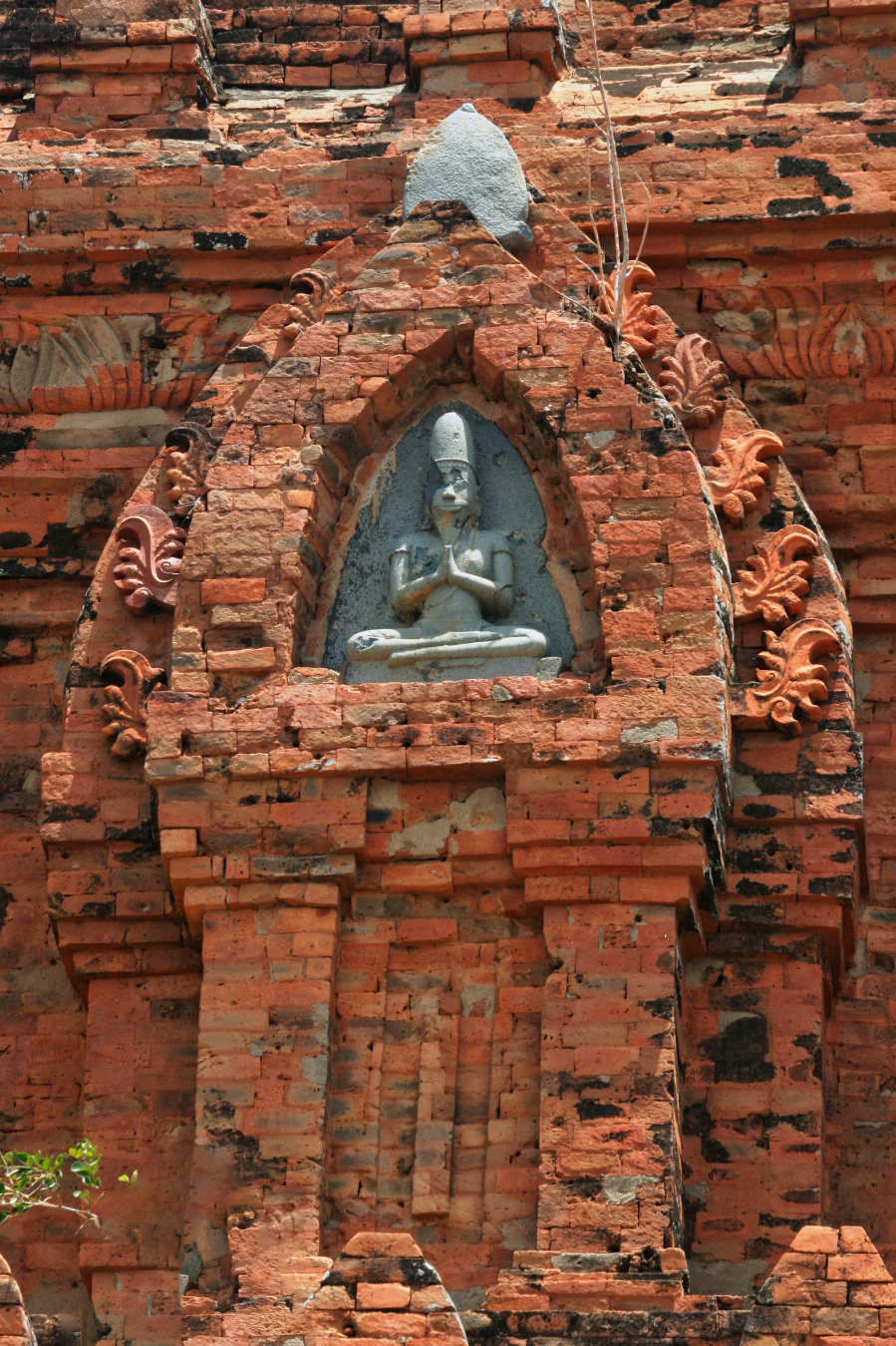
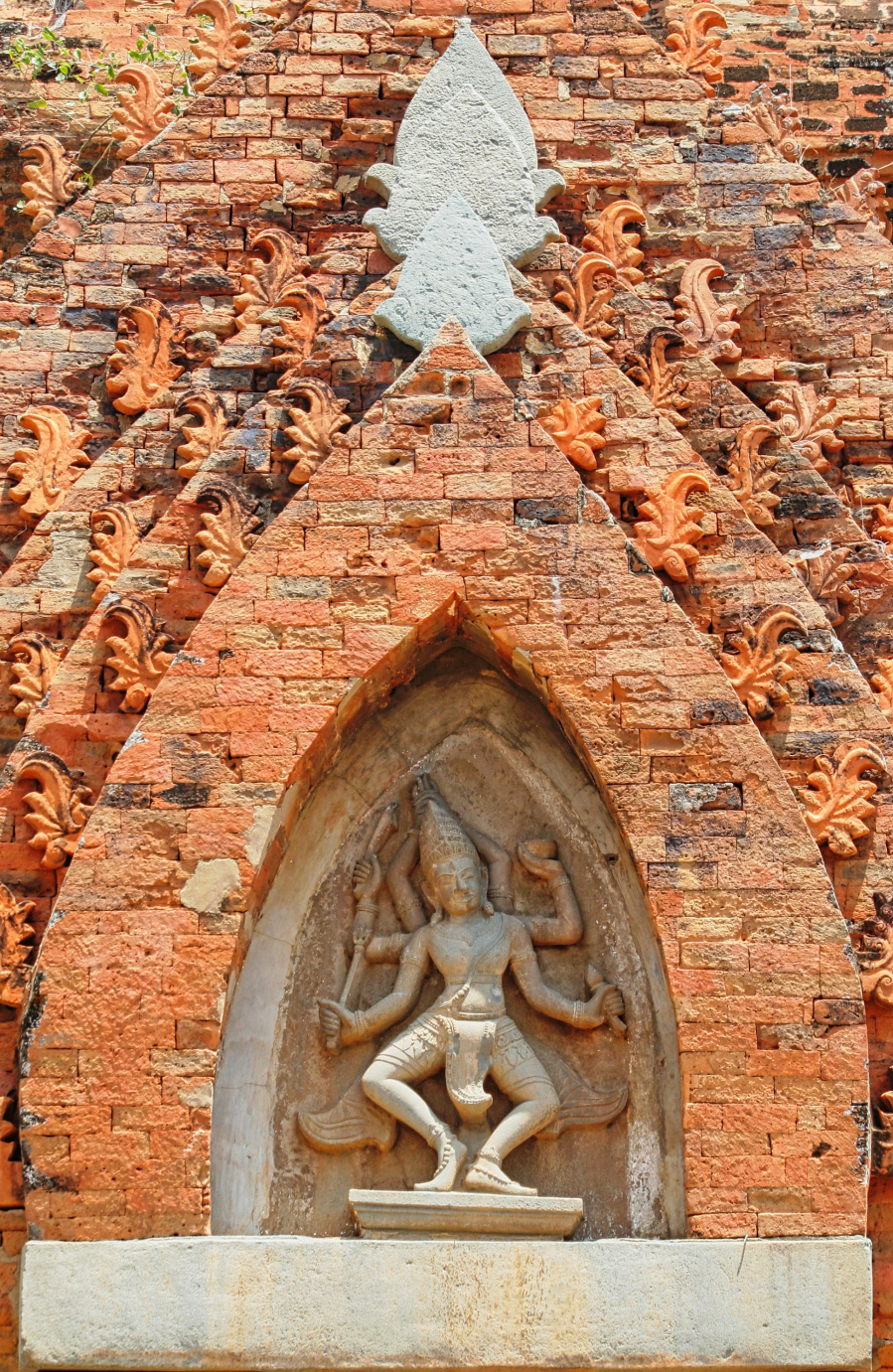
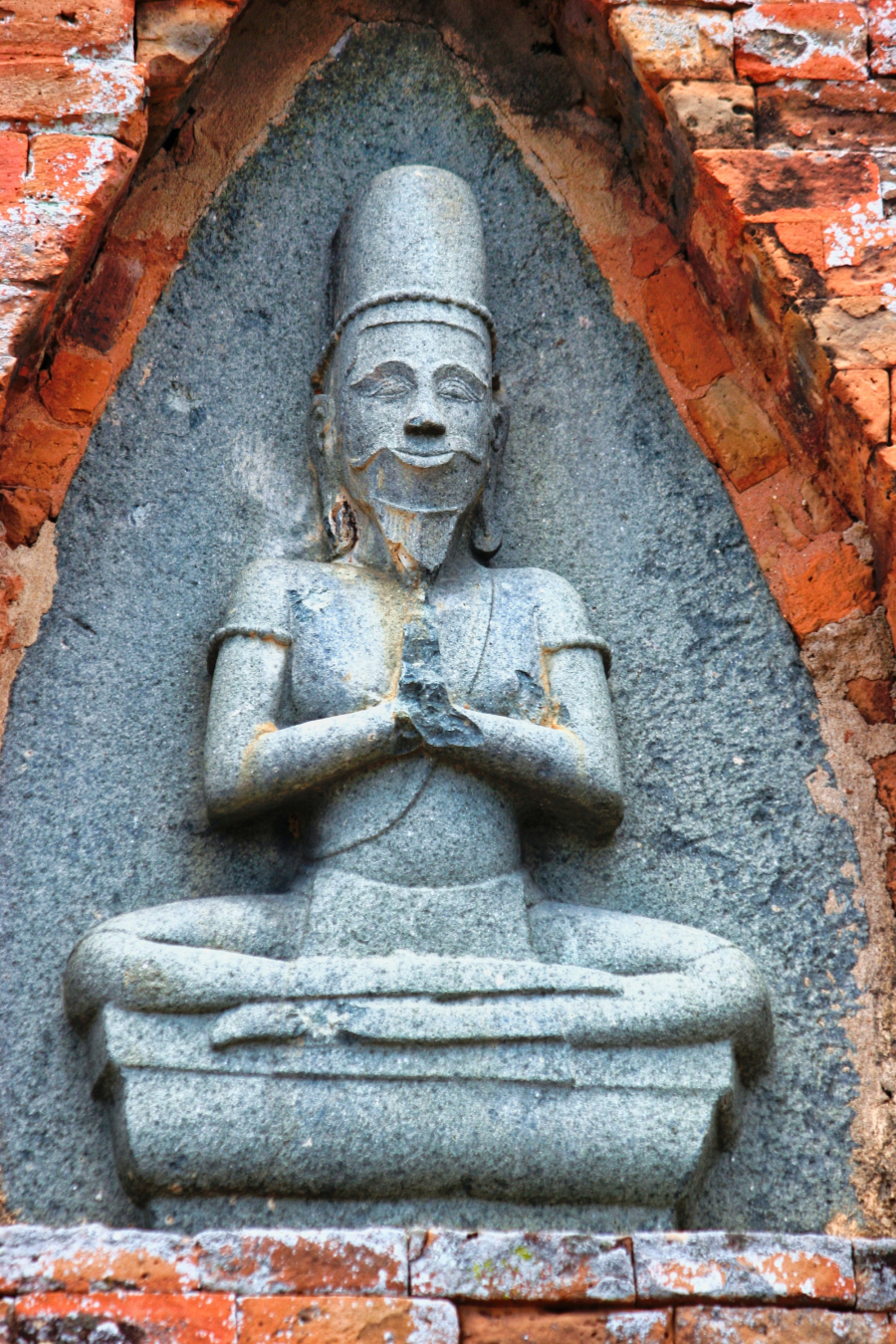
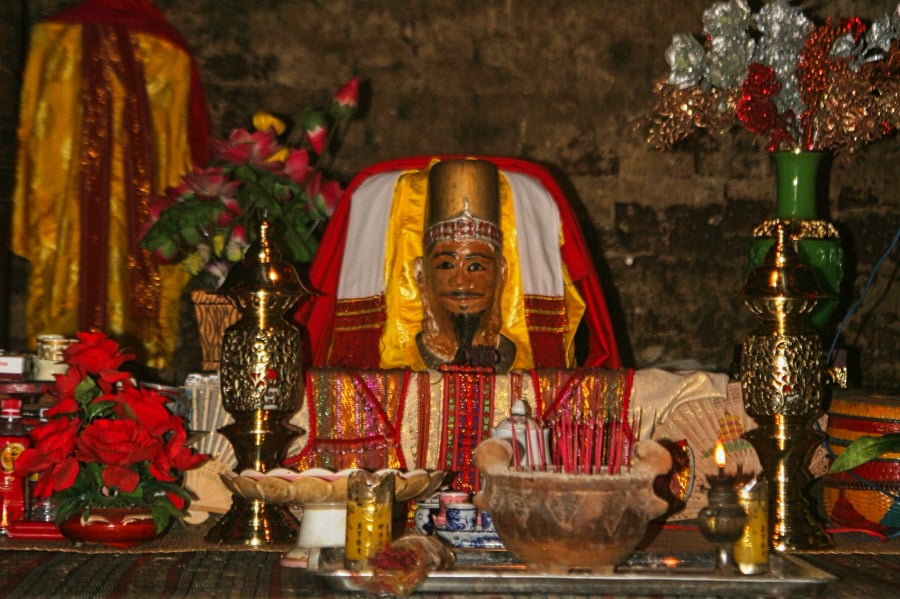
Inside the tower is a shrine to the Mukhalinga of the god king Po Klaung Garai placed on the Yoni pedestal.
What is Mukhalinga?
According to Hinduism, talented people who have made great contributions to the country and society and are respected by the people will be respectfully worshiped as gods. The most solemn form of worship is to carve that person's face onto a linga (a symbol of the male genitalia). A linga with a human face carved on it is called a Mukhalinga.
In Vietnam, linga is abundant in Cham religious architecture, however mukhalinga is very rare. The mukhalinga (perhaps the only one) in Vietnam today is at Po Klong Garai Cham tower, placed on a yoni pedestal (a woman's genitalia).
Because the tower complex is located in an area where the Cham community lives, many annual festivals at the Cham tower temple take place here, the biggest of which is the Kate festival - which includes a ritual of bathing and changing clothes for the god statue.
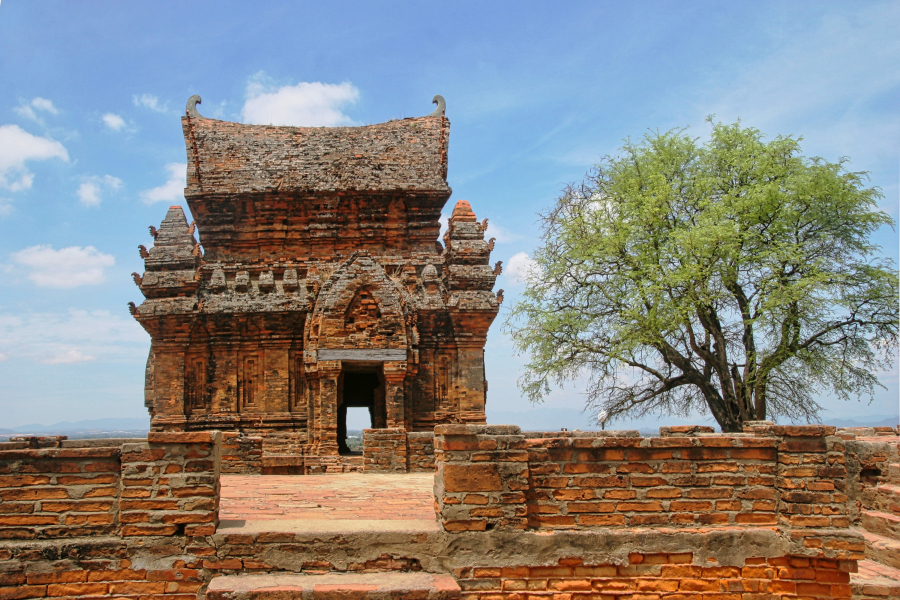
The Fire Tower was once a place for people to prepare offerings before offering them to the gods.
The Fire Tower in the southern corner of the tower area has a distinctive saddle-shaped roof. Among the remaining ancient Cham towers, there are only a few towers with this type of roof, and the Po Klaung Garai Fire Tower also retains the most intact roof compared to other towers.
Although this Fire Tower is kept quite intact, the body of the tower does not have any decorative sculptures (the Fire Tower in the Banh It Tower area has many brick sculptures at the base of the tower, and very beautiful sculptures on the two gables of the roof).

Gate Tower - the farthest tower to the east of the tower complex, is like a miniature and simple copy of the Central Tower. Although the main entrance of the tower complex faces east, because the eastern slope of Trau Hill is eroded and very steep, the current entrance to the tower complex is opened on the gentle southern slope of the hill.
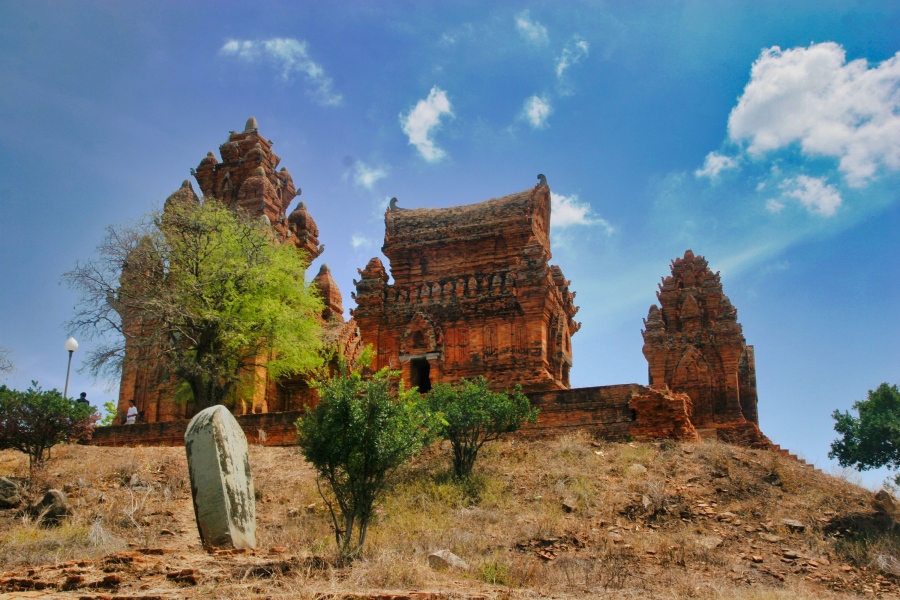
At Po Klaung Garai tower, in addition to the ancient temple architecture, there are also some steles that carry a lot of value to archaeologists: two stone pillars in front of the Central tower are densely engraved with Cham characters; a linga, two rocks located outside the wall area surrounding the tower cluster, in which on the two rocks exposed on the ground are engraved with Cham characters that are still quite clear.

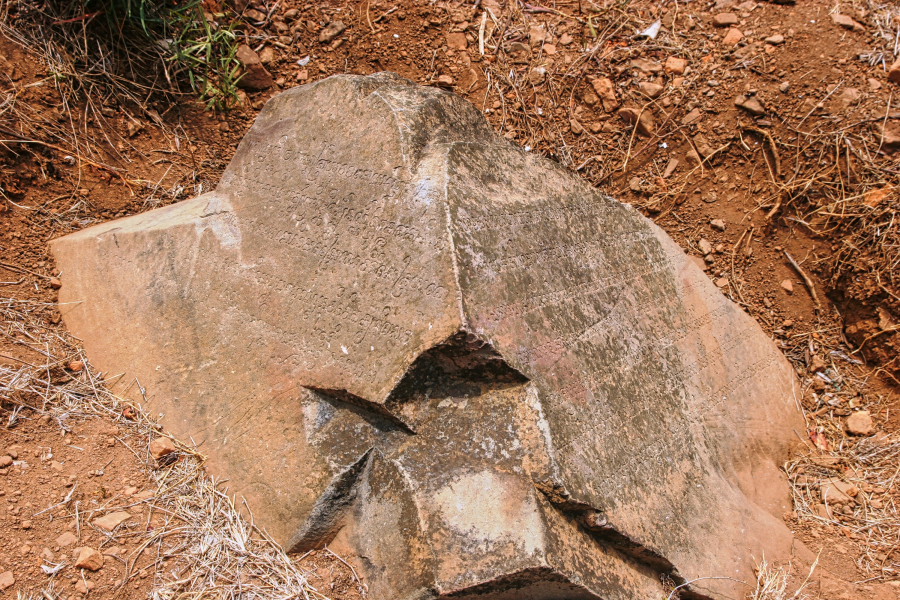
Since 1979, the Po Klaung Garai tower complex has been ranked as a special national monument, and the cultural sector has established a large relic site with auxiliary works at the foot of Trau hill, all with the aim of preserving, conserving and promoting this special relic site.





